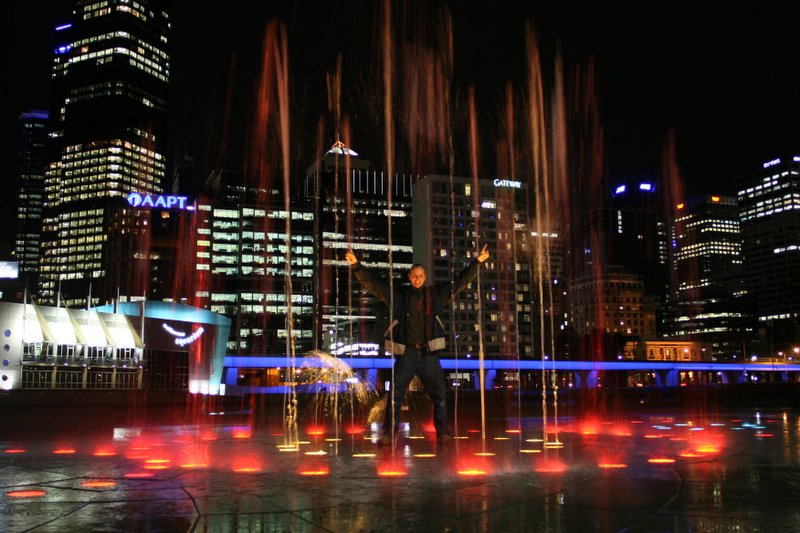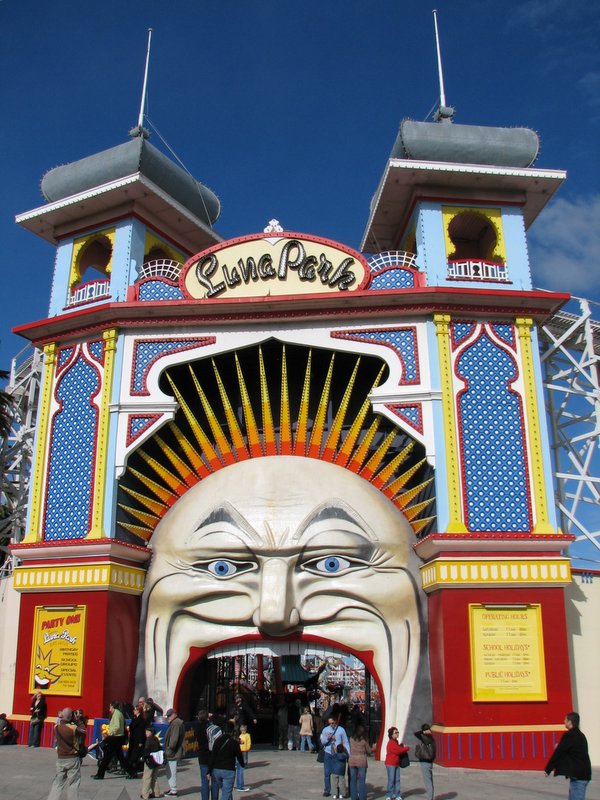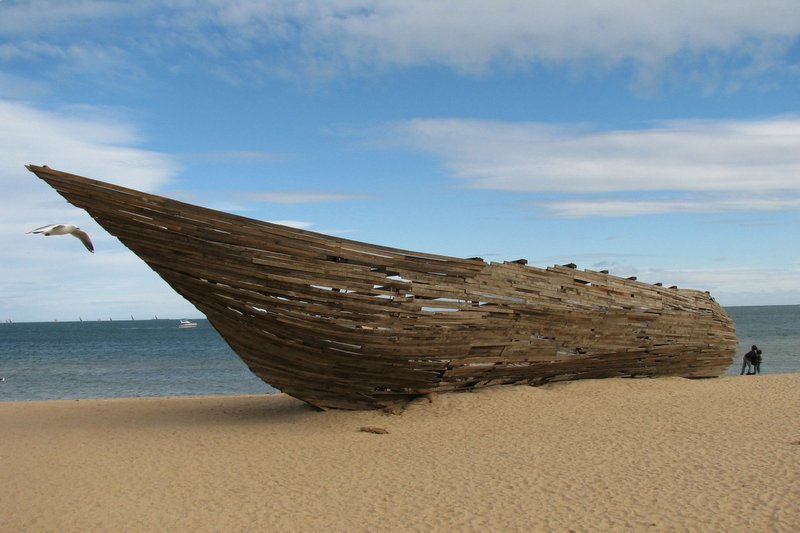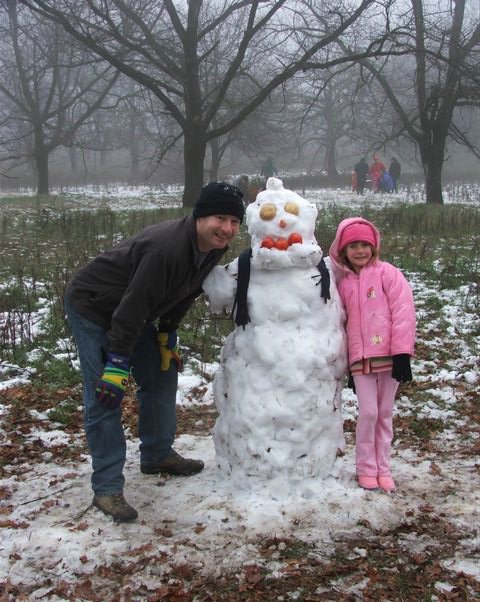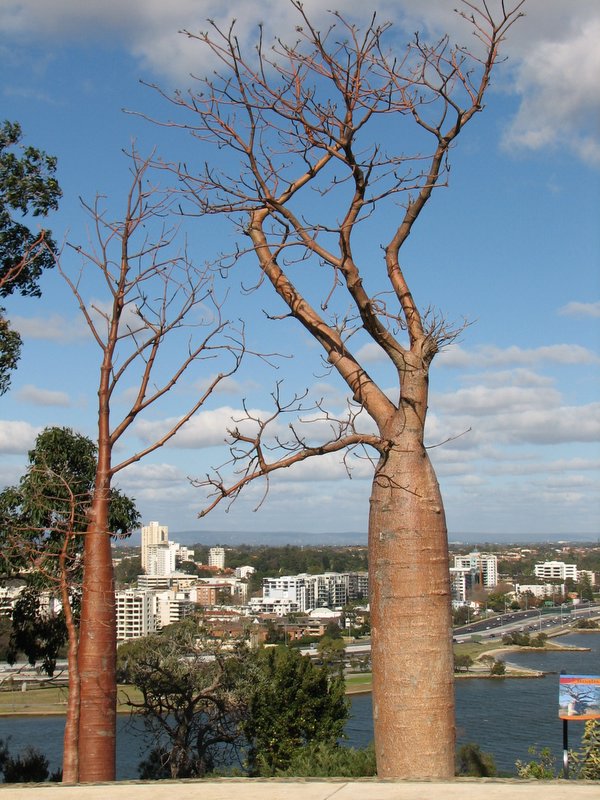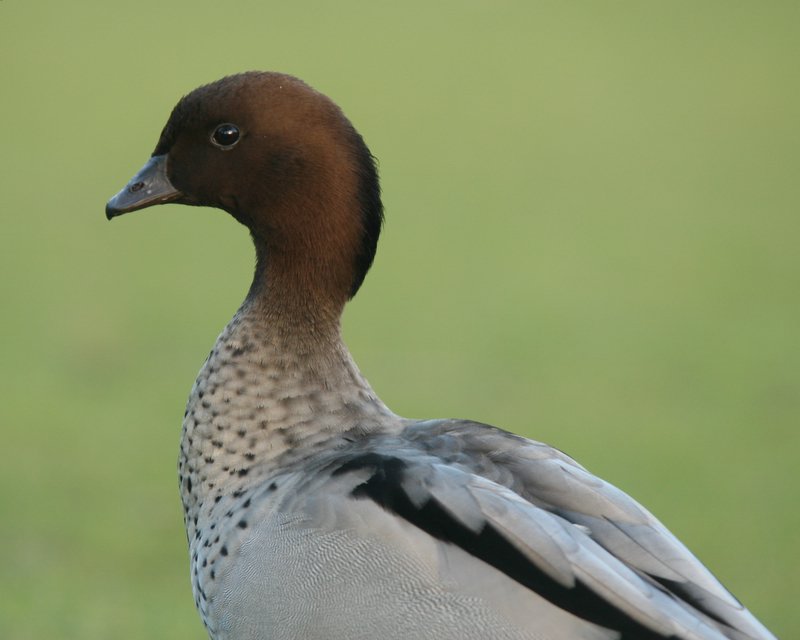There is an exhibition of
Leonardo de Vinci's machines in Melbourne at the moment. I was so thrilled to find Melbourne offering such an interesting exhibition and I knew we could not miss it.
Essentially the exhibition was about a family who had looked to the drawings made by Leonardo during his life (between 1452 – 1519) and created working models from those drawings – using the materials and methods of the time.
While I found the working models interesting, it was the BBC documentary about his life which blew me away.
I learnt that Leonardo was born illegitimate with no mother figure. Therefore, he received no formal education – only his explorations and observations of nature in Tuscany (which was to inspire him throughout his life). He stated that, “knowledge should be born of observation and experience.” Many scholars believe his very lack of education was a great strength - he did not know what he should know so was a free thinker (in the extreme it would seem).
He was a passionate and obsessive man who “wanted to know everything there was to know about everything” and he spent a lifetime studying biology, chemistry, geology, engineering, anatomy and painting – all the while inventing new and wonderful things.
He also made discoveries centuries ahead of his time. For example, he studied
anatomy later in his life and did so by doing what had never been done before – he dissected and meticulously drew the internal workings of dead bodies. When dissecting an old man, he noted that his veins had grown thick and narrow whereas a young boy had clear veins. He deducted that something came out of the blood and attached itself to them. Apart from the word cholesterol, he had made a 20th century medical discovery.
He also concocted a recipe should you wish to dissect an eyeball. Boil the eyeball in the white of egg and it goes harder and therefore easier to cut. I wonder what he could have achieved with modern methods. His studies of the human body are the most extensive to date by any single individual.

He spent most of his life working for rich, vain and cruel men who were all trying to fight to keep their positions of power. The Renaissance was a time of great growth but the cost was huge conflict and uncertainty. Leonardo was a man of peace but his economic needs meant he had to use his engineering skills to invent all kinds of military weapons.
So he created the plans for a
tank (a revolving wooden structure), a double hulled ship, bridges that could be assembled overnight, a robotic knight, the parachute, and an underwater breathing apparatus. He presented his ideas of men walking across the bottom of the Venician lagoon in diving suits to put holes in the Turkish ships to the Venician council. As the narrator of the documentary put it, “the idea has a James Bond touch even by today’s standards – he wondered what the 15thC council must have made of Leonardo’s idea.”

He was also the first to develop a perfectly to scale
aerial map of a city. He did this by painstakingly pacing out the many streets himself. Maps with such accuracy would not be developed for many years.

In Florence he was in huge competition with Michelangelo. Leonardo was a gentleman with manners who had a certain idea of how things should be done. Whereas, Michelangelo was a slob (in the extreme, he did not wash for whole winters) and he had few manners. But he did what Leonardo struggled to do, he finished projects. Whereas Leonardo’s mind was constantly moving onto the next subject. He was not a Completer Finisher (pity they did not have the Adis team test in those days). Put a Completer Finisher and the Ideas person (of his standard) in a team leads one to wonder about what a different world this would have been if 300 years ago, we had had diving men, parachutes, the tank, hang-gliders and his medical discoveries.
His lifetime quest was to find a way for man to fly – he thought it would bring him fame – and indeed it would have if he could have actually tested his
parachute and hang-glider. The BBC, using specialists, actually implemented several of his inventions and they all worked. Watching a man safely jump from 10,000 feet in a 15th century parachute was incredible.

The BBC narrator said that de Vinci was the world’s greatest ever genius – a genius who had the furthest reach of mind. Newton & Einstein were specialists whereas Leonardo wanted to know everything and he certainly applied his mind to a huge range. It made me really sad when in his notes he would ask, “what will it will all be worth?” And the answer (at the time) was nothing.
He notes were lost (indeed only about a quarter survive) and as none of his drawn models were built, no-one really appreciate his genius. In-fact, it was only when the
Mona Lisa was “discovered” (he worked on it for about 20 years) and her secret smile that lead people to wonder about the man. Hence, the search and discovery of his notes scattered around the globe.
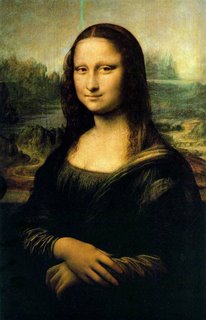
He left behind many beautiful paintings like the Mona Lisa and
The Last Supper (he developed the oil painting technique, therefore changing painting techniques forever) and of-course his invention ideas. Although perhaps his ideas have been superseded, his paintings will always inspire as will his passion and sincere dedication to life and learning.
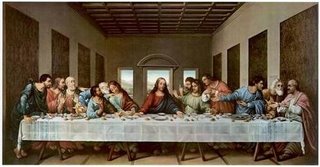
I couldn’t help but wonder what other Leonardo’s there are out there and hope in these days of the internet, their genius does not get lost or go unacknowledged.
I will be thinking about this exhibition for a long time to come. So in answer to his question, “what it is all worth?”: Inspiration is priceless.




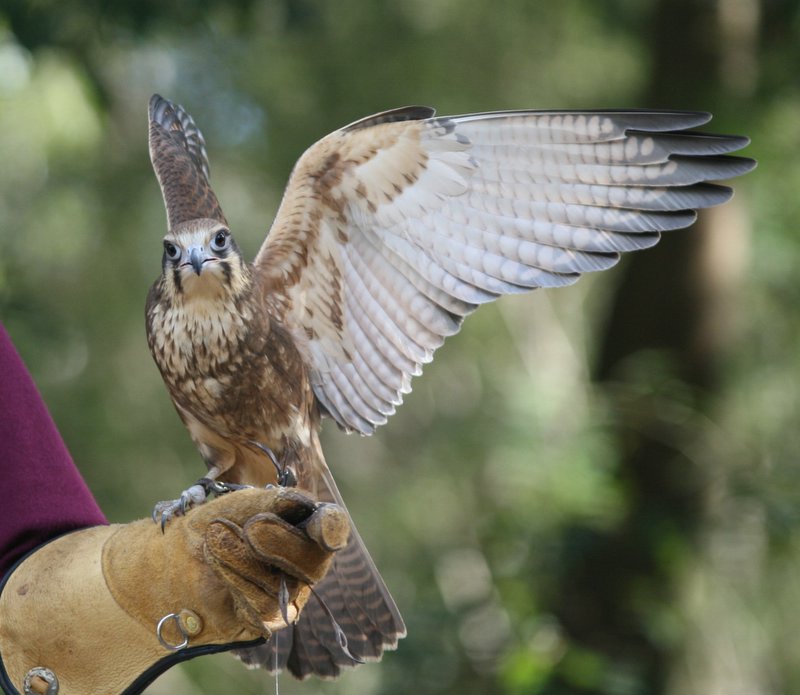














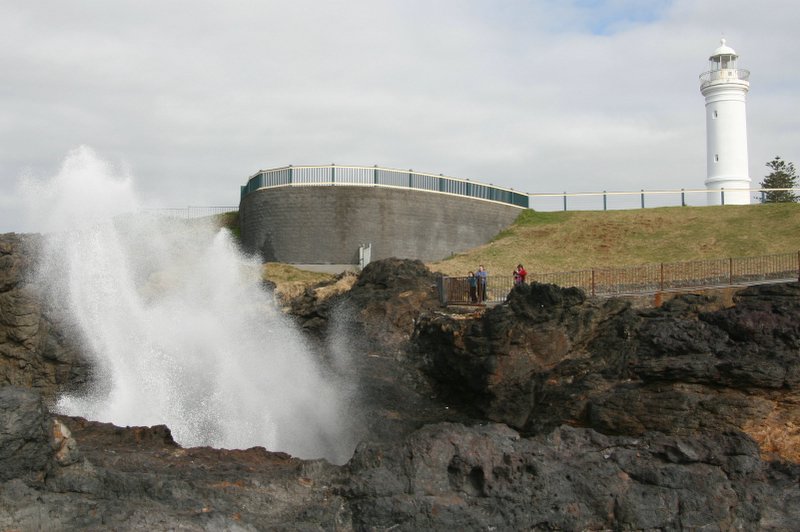


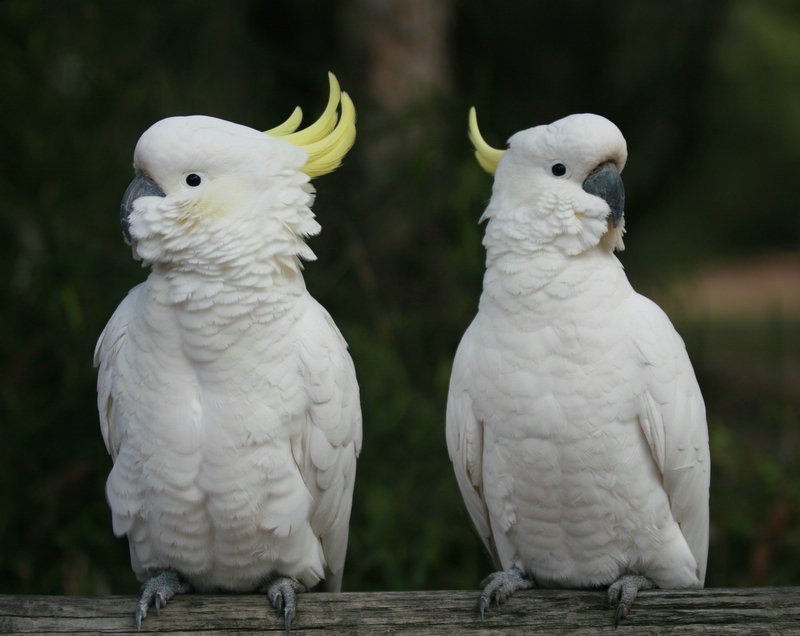





 The BBC narrator said that de Vinci was the world’s greatest ever genius – a genius who had the furthest reach of mind. Newton & Einstein were specialists whereas Leonardo wanted to know everything and he certainly applied his mind to a huge range. It made me really sad when in his notes he would ask, “what will it will all be worth?” And the answer (at the time) was nothing.
The BBC narrator said that de Vinci was the world’s greatest ever genius – a genius who had the furthest reach of mind. Newton & Einstein were specialists whereas Leonardo wanted to know everything and he certainly applied his mind to a huge range. It made me really sad when in his notes he would ask, “what will it will all be worth?” And the answer (at the time) was nothing.
 I couldn’t help but wonder what other Leonardo’s there are out there and hope in these days of the internet, their genius does not get lost or go unacknowledged.
I couldn’t help but wonder what other Leonardo’s there are out there and hope in these days of the internet, their genius does not get lost or go unacknowledged.











